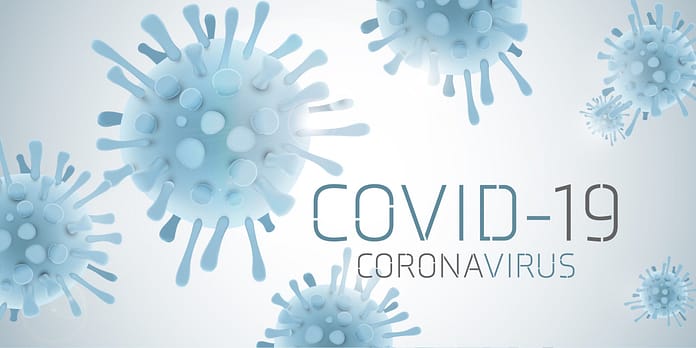
How long do antibodies stay in the body after COVID-19?
Even nine months after infection with SARS-CoV-2, the level of the so-called antibody appears to be high. In addition, there are no significant differences between antibody level in symptomatic and asymptomatic infections, indicating that the strength of the immune response does not depend on symptoms and severity of infection.
For a new study, researchers from the University of Padua and Imperial College London scanned almost an entire Italian city (85 percent) for SARS-CoV-2 infection in February/March 2020. The participants were then tested again for antibodies to the virus in May and November 2020. .
Antibody levels still high nine months after infection with COVID-19
It has been shown that antibody levels remain elevated nine months after infection with SARS-CoV-2, regardless of whether it is asymptomatic or asymptomatic. The results of the study can be found in the Journal of the English Language »Nature Connections“Can be read.
The team found that 98.8 percent of people infected in February and March still had detectable levels of antibodies in November, and there was no difference between people who experienced symptoms of COVID-19 and those who did not.
Different results in different tests
Antibody levels were monitored using three assays called assays, that is, tests that detect different types of antibodies that react to different parts of the virus. According to the researchers, the results showed that although all types of antibodies showed a certain decrease between May and November, the rate of decrease varies depending on the examination.
Experts added that cases have been identified in which some people have elevated levels of antibodies, which indicates a possible re-infection with the virus and a boost to the immune system.
What does the strength of the immune response depend on?
The study author, Dr. Ilaria Durigati of Imperial College London.
Use caution in estimating infection levels
“Our study shows, however, that antibody levels vary greatly depending on the test used. This means that caution should be exercised when comparing infection level estimates in a population obtained in different parts of the world with different tests and at different times,” adds the expert .
The infection itself is not often observed
According to study author Professor Enrico Lavizzo of the University of Padua, the results showed that 3.5 percent of the population had been exposed to the virus. Not all of these people were aware of their exposure due to the high incidence of asymptomatic infection.
“During the follow-up examination, which was conducted about nine months after the outbreak, we also found that the antibodies were present less frequently, so we have to continue to monitor the persistence of the presence of antibodies over longer periods,” the specialist adds. .
Infections in the family?
The team also looked at the infection status of other people in the household to measure the likelihood of transmission to an infected individual within the household. The research group’s modeling indicated that the risk of transmission from someone infected with SARS-CoV-2 to another person in the home was about one in four.
The team said that most cases of transmission (79 percent) were caused by 20 percent of those infected. This confirms the existence of large differences in the number of secondary cases generated by infected people, with the majority of those infected not resulting in any other infections, and a minority of those infected causing a large number of injuries.
Safety rules are also important after vaccination
The wide variation in the ways in which an infected person can infect other people in the population indicates that behavioral factors are critical in controlling the epidemic and that physical distancing, as well as limiting the number of contacts and continued wearing of masks is important to reduce the risk of infection and transmission of the disease, even in The highly vaccinated population, the researchers explained.
Isolation and curfew were needed
The assessed data set enabled the team to distinguish between the effects of different control measures. According to the experts involved in the study, the results showed that manual contact tracing alone would not have been enough to disrupt the epidemic had it not been for the isolation of cases and a brief curfew.
The study also suggests that manual contact tracing — the search for positive individuals based on known and demonstrated contacts — could have had a limited impact on epidemic containment had it not been combined with mass screening, the lead researcher said. Project by Professor Andrea Crisanti of the University of Padua in one press release.(Such as)
Author and source information
This text complies with the requirements of the specialized medical literature, clinical guidelines and current studies and has been examined by medical professionals.
swell:
- Laria Dorigatti, Enrico Lavezzo and Andrea Crisanti: dynamics of SARS-CoV-2 antibody and transmission from community-level serological testing in the Italian municipality of Vo’; In: Nature Communications (veröffentlicht 19.07.2021), Nature Connections
- Imperial College London: Antibodies to COVID-19 persist at least nine months after infection (veröffentlicht 19.07.2021), Imperial University of London
important note:
This article is for general guidance only and is not intended to be used for self-diagnosis or self-treatment. It cannot replace a visit to the doctor.




